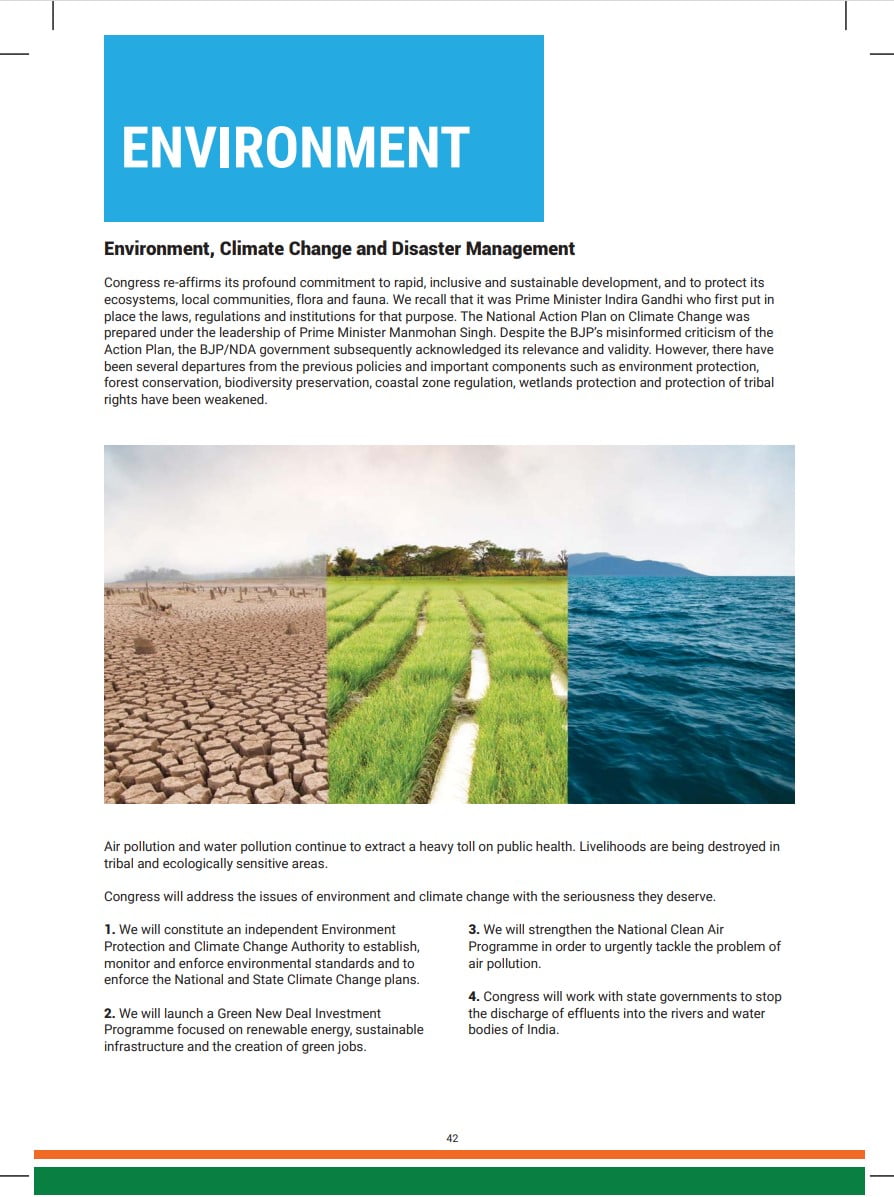As India awaits the results of the world’s biggest-ever democratic election, it also grapples with more than just political tensions – severe heatwaves have people across the country sweltering under a scorching sun.
Delhi-NCR is enduring an intense heatwave, with a weather station in the capital reporting 52.9°C on Wednesday, potentially the highest temperature ever recorded in India.
Delhi-NCR is enduring an intense heatwave, with a weather station in the capital reporting 52.9°C on Wednesday, potentially the highest temperature ever recorded in India. However, the India Meteorological Department (IMD) has yet to verify the reading’s accuracy, suspecting it may be ‘due to a sensor error or local factors.’

According to an IMD press release dated 29 May, the severe heat wave in Northwest and Central India is expected to gradually ease from 30 May. Severe conditions have affected regions like Haryana, Chandigarh-Delhi, Punjab, and Uttar Pradesh since mid-May, with Churu, Rajasthan, recording 50.5°C. A decrease of 3-4°C is anticipated over the next few days. Heat wave conditions will persist in parts of Punjab, Haryana, Delhi, Rajasthan, and Madhya Pradesh until 1 June, with a gradual reduction from 30 May. Hot and humid weather is expected in Konkan and Goa on 30-31 May.
What do the manifestos say?
Bharatiya Janata Party (BJP):
The BJP’s latest 69-page election manifesto marks a significant shift towards environmental and climate concerns, dedicating three pages to these issues under ‘Modi Ki Guarantee for Sustainable Bharat.’ This contrasts sharply with the single paragraph in the party’s 1999 manifesto. The term “climate change” was absent from both the 1999 and 2004 manifestos, reflecting a notable evolution in priorities.
Central to the BJP’s environmental agenda is the pledge for India to achieve net-zero carbon emissions by 2070. The party also sets short-term goals for 2030, including increasing non-fossil fuels to 50% of the energy mix, reducing emissions intensity, and enhancing carbon sinks like forests.
In its pursuit of diversified energy sources, the BJP manifesto underscores a renewed focus on expanding India’s nuclear energy capacity, alongside a robust push for renewables. It supports the rooftop solar scheme with increased household subsidies and plans for mega solar and wind parks, despite implementation challenges. Addressing winter air pollution in Delhi and northern states, the BJP commits to achieving National Air Quality Standards in 60 cities by 2029 through the National Clean Air Program (NCAP).
The manifesto highlights plans to enhance the electric vehicle (EV) ecosystem, noting the successful induction of over 30 lakh EVs and pledging to expand EV fleets and charging stations nationwide. The BJP also emphasises ethanol blending in petrol and green hydrogen as key components of its environmental strategy, while acknowledging challenges like potential impacts on food security and the early stage of green hydrogen technology.
Amongst its array of promises, the BJP vows to launch “Mausam,” a National Atmospheric Mission to enhance weather readiness and climate resilience.
Amongst its array of promises, the BJP vows to launch “Mausam,” a National Atmospheric Mission to enhance weather readiness and climate resilience. Other commitments include flood management in the North East, mitigating flood impacts in Himalayan rivers, improving the health and cleanliness of major rivers, and introducing the Green Aravali Project to combat desertification and preserve biodiversity.
Indian National Congress (INC):
In the Congress party’s 2024 election manifesto, a substantial portion is dedicated to addressing environmental concerns, climate issues, disaster management, and water and sanitation-related matters. Past Lok Sabha election manifestos from the party reflect a consistent emphasis on climate change and environmental sustainability, according to an analysis conducted by the Centre for Policy Research in 2022.
The manifesto proposes a Green New Deal Investment Programme for renewable energy, sustainable infrastructure, and green job creation. It emphasises the National Clean Air Program (NCAP) and a Green Transition Fund to achieve net zero emissions by 2070. It pledges to increase forest cover, redefine terms based on modern standards, and involve local communities in afforestation.
The party’s manifesto also addresses the issue of landslides in hill districts, promising to evolve measures to prevent landslides and constitute an independent Environment Protection and Climate Change Authority to establish, monitor, and enforce environmental standards.
However, some earlier promises, such as green budgeting and the launch of Green National Accounts, have been dropped from the 2024 manifesto.
However, some earlier promises, such as green budgeting and the launch of Green National Accounts, have been dropped from the 2024 manifesto. Additionally, the party refrains from making claims regarding the addition of forest cover, a statement included in its 2019 manifesto.
Communist Part Of India (Marxist) CPI (M):
The Communist Party of India (Marxist) manifesto presents a comprehensive stance on environmental issues, emphasising the need for effective, transparent, and time-bound processes in Environmental Impact Assessment (EIA) and Environmental Clearances. They advocate for the repeal of the EIA Notification 2020 and the issuance of revised guidelines to ensure accountability and the absence of conflicts of interest.
Furthermore, the manifesto underscores the importance of economy-wide measures to mitigate greenhouse gas (GHG) emissions, with a focus on promoting renewable energy sources like solar and wind. It proposes the development of a National Adaptation Plan (NAP) through a participatory approach involving all stakeholders, particularly states, to address the impacts of climate change on various sectors such as agriculture, urban infrastructure, and coastal areas.
The CPI(M) manifesto advocates for sustainable and climate-friendly strategies for ecologically fragile regions like the Himalayas, Western Ghats, and North-East. It calls for revising the National Clean Air Programme (NCAP) to reduce urban air pollution effectively. Additionally, the manifesto stresses the urgency of preventing the degradation and destructive development of riverbeds and flood plains, especially in urban areas.
Current climate and environmental trends in India:
India’s climate action faces challenges despite progress in renewable energy. As per the Climate Action Tracker (CAT) report, India’s targets and actions are rated ‘highly insufficient’ for the Paris Agreement’s 1.5°C goal. Current policies, while improving, still fall short. The Nationally Determined Contributions (NDC) 50% non-fossil capacity target, conditional on support, is deemed insufficient as India may surpass it without additional efforts. Plans for coal expansion conflict with climate goals. India’s 2070 net zero target is rated ‘Poor’. To align with 1.5°C, India must phase out coal by 2040, strengthen targets, and seek international support.
The State of India’s Environment Report 2023, jointly launched by the Centre for Science and Environment (CSE) and Down to Earth (DTE) magazine, provides a comprehensive assessment of various environmental and developmental issues plaguing the country.
One of the alarming findings of the report is the rampant encroachment on water bodies across the country, with over 30,000 water bodies being encroached upon. Additionally, India generates a staggering 150,000 tonnes of Municipal Solid Waste (MSW) daily, with more than half of it ending up in landfills or remaining unattended, aggravating environmental pollution.
The report says air pollution is a major concern, with Indians losing almost five years of life on average due to related health issues, particularly in rural areas. Environmental crimes are prevalent, with courts handling 245 cases daily. India witnessed over 2,900 deaths from extreme weather events between January and October 2022. Its global ranking in Sustainable Development Goals has slipped to 121, facing challenges in hunger, health, gender equality, and cities.
Plastic waste management remains a pressing issue, although the report notes positive developments in cities adopting waste-wise practices such as source segregation and plastic minimisation.
On the agriculture front, there is growing evidence of the efficacy of traditional and regenerative farming methods, offering a ray of hope amidst environmental challenges.
On the agriculture front, there is growing evidence of the efficacy of traditional and regenerative farming methods, offering a ray of hope amidst environmental challenges. However, the report highlights the dark truth of forest losses, even as communities demand rights over forest resources, which are gradually being granted.
What’s the way ahead?
Sunil Kumar Aledia, Executive Director of the Centre for Holistic Development and a social worker working with Delhi’s homeless population for years, critiques the government’s approach to climate and environmental issues, highlighting concerns about its preparedness for future challenges.

He points out the recent Delhi floods as evidence of the government’s lack of readiness for such occurrences.
‘The government fails to address environmental concerns, as evidenced by the unchecked conversion of urban areas into concrete jungles and the alarming decrease in the Yamuna River’s water levels.’ he stated.
Aledia further stresses the growing homeless population, particularly in the face of urban poverty and extreme weather conditions.
Despite these issues, Aledia observes a reluctance on the part of the government to address criticism and take decisive action. He suggests that while the government prioritises superficial beautification projects, concrete actions to address pressing environmental and social challenges seem lacking. Aledia doubts the government’s capability to address the situation effectively because it focuses more on talking than on implementing practical solutions.
Aledia doubts the government’s capability to address the situation effectively because it focuses more on talking than on implementing practical solutions.
The elections for the 543 seats in Lok Sabha have been completed, spanning from April 19 to June 1, conducted in seven phases. The results are scheduled to be announced on June 4.
Source Link























